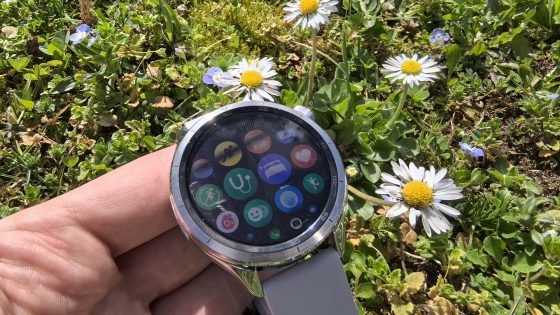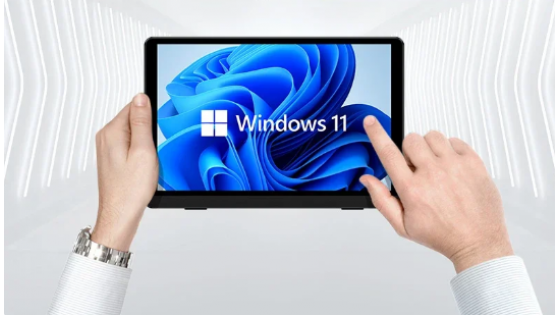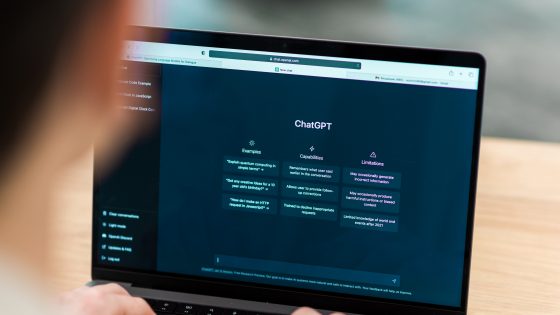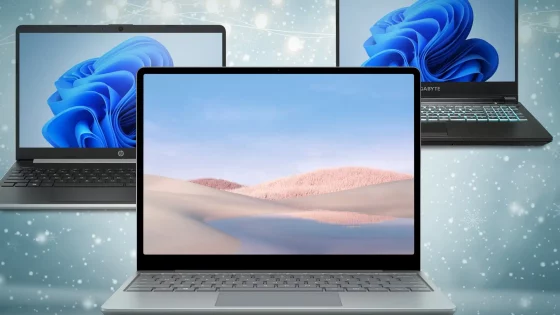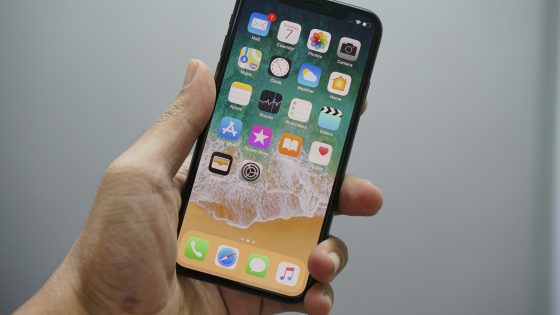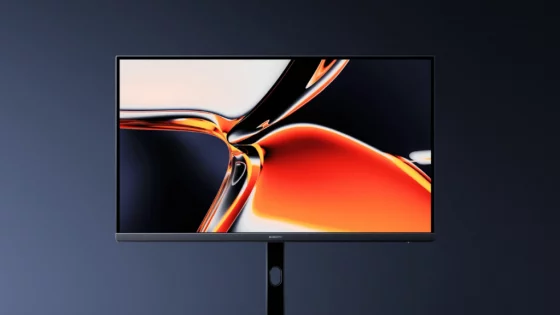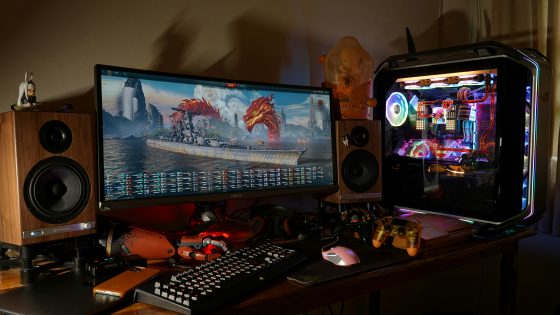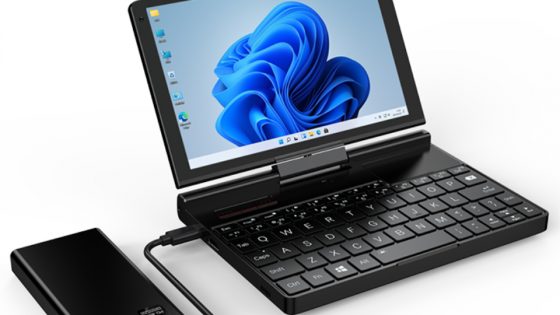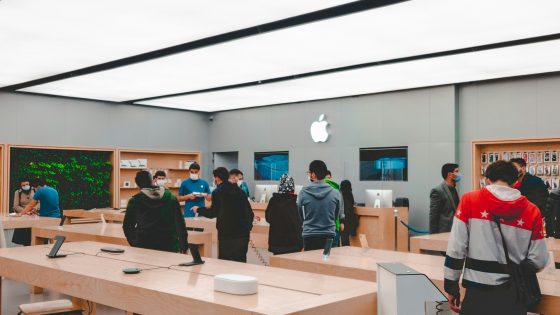Will we also support Android smartphones in the future?

Google has announced that we will be able to download the new Android 16 to our mobile devices between April and June of this year. Of course, the new feature will initially only be available for Google's Pixel family of mobile devices. Later, it will also be available for phones from other manufacturers, including Xiaomi.
Android 16 will bring many new features. Google has prepared two different sliders for it, one for notifications and one for quick access to settings. The new notification slider no longer takes up the entire screen, but only half. This means that the open application is visible in the background. This can be recalled by swiping your finger from the bottom up. Using two fingers, we will call up the slider for quick access to key settings.
The icons of the new Android operating system will be slightly smaller compared to the current ones. Another extremely interesting functionality will be added to this. The new Android 16 will bring full support for the terminal application (Terminal) for Android. The new feature will allow users to install a virtual machine running the open source Linux operating system. The latter will even have support for graphics acceleration. Of course, users will also find other options of the Linux operating system, such as disk usage tools, network packet routing, a system recovery partition, and much more. The novelty should even allow running the Chrome OS system, which is becoming more and more popular.
If you have a newer Xiaomi smartphone, we have good news for you. Xiaomi will prepare the new Android 16 for as many as 75 of its mobile phones, including Redmi and Poco phones. This will be available in the form of a modified HyperOS 3.0 mobile system. The best thing about all this is that the new Android 16 will actually also allow overclocking of Xiaomi mobile phone processors. This will allow the user to speed up both the processor and graphics cores. This will of course affect the autonomy of the devices. The user will of course also be able to lower the processor frequency and thus consequently extend the autonomy.








